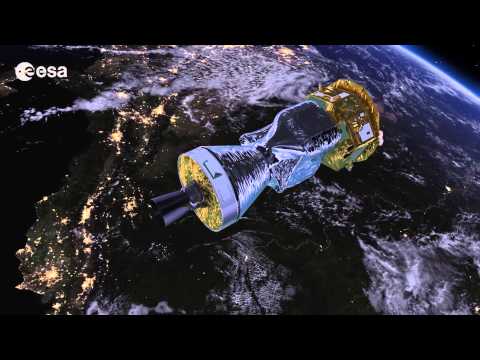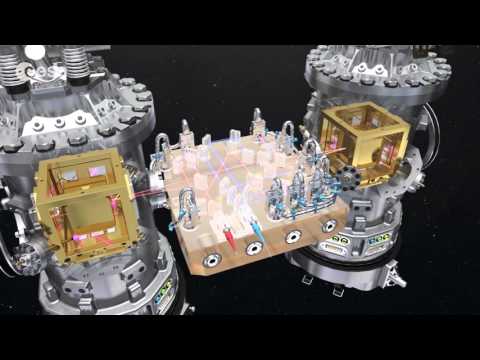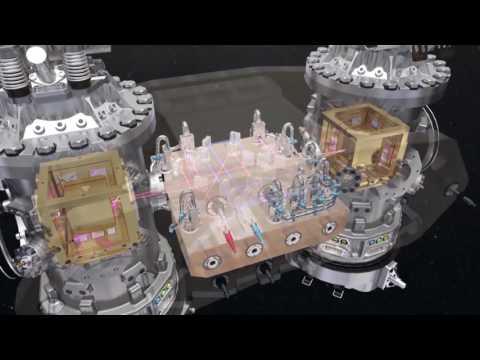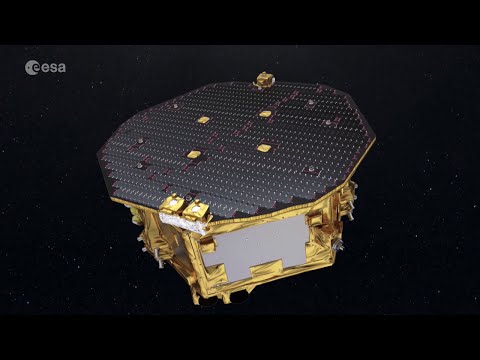LISA Pathfinder’s journey to L1
The journey and final orbit of LISA Pathfinder, ESA’s technology demonstration mission that will pave the way for future gravitational-wave observatories in space.
LISA Pathfinder is scheduled for launch on 2 December 2015 on a Vega rocket from Europe’s Spaceport in French Guiana. Vega will place the spacecraft into an elliptical orbit, with a perigee (closest approach to Earth) of 200 km, apogee (furthest point) of 1540 km, with the path angled at 6.5º to the equator.
Then, once Vega’s final stage is jettisoned, LISA Pathfinder will continue under its own power, beginning a series of six apogee-raising manoeuvres over the next two weeks.
The last burn will set LISA Pathfinder on its way towards its final orbiting location. The cruise will last about six weeks, and the propulsion module will be discarded along the way four weeks in.
Eventually, the spacecraft will circle the L1 Sun–Earth Lagrangian point. There, LISA Pathfinder will begin its six months of demonstrating key technologies for space-based observation of gravitational waves.





Which way do you thrust when approaching the L1 to achieve this? Is it almost the same as if there was an object in the middle?
What is it orbiting?
Reminds me of the Lorenz strange attractor equations?
For those that dont get it, the probe isnt just "orbiting" an empty spot in space but rather also moves and adjusts so it stays in the "nest" where Sun and Earth gravity cancel out. These nests, or bubbles called Lagrangian points move together with earth and the sun at always same exact angles and relative positions to both bodies, so you can simply park stuff there and have it move along, always remaining inside those "zero G" bubbles.
So for example, those are excellent places to position communication satellites in, to enable constant and stable fast communications channels and even internet between planets for example. Or to hold space telescopes in, or even scientific bases.
One of the NASA theoretical plans was to build a real space station in L2 point which is always in space behind the Moons dark side.
For those in the know, using Lagrangian points to much greater extent is something long awaited for and long overdue.
how does that orbit work?
L1 is not stable, so will require orbital corrections, this means any mission around L1 has an end-time based on fuel economy.
It's sad that unimportant stuff like the butt of a celebtrity gets so much more attention than this. Everybody knows the name of the top football players, but only a minority can name a recent Nobel-Prize winner. They really should get more credit. But maybe it's that way because scientists don't do it for the credit.
Go home LISA you're drunk.
Either you really like taking advantage of the oberth effect or someone couldn't afford a better engine 😛